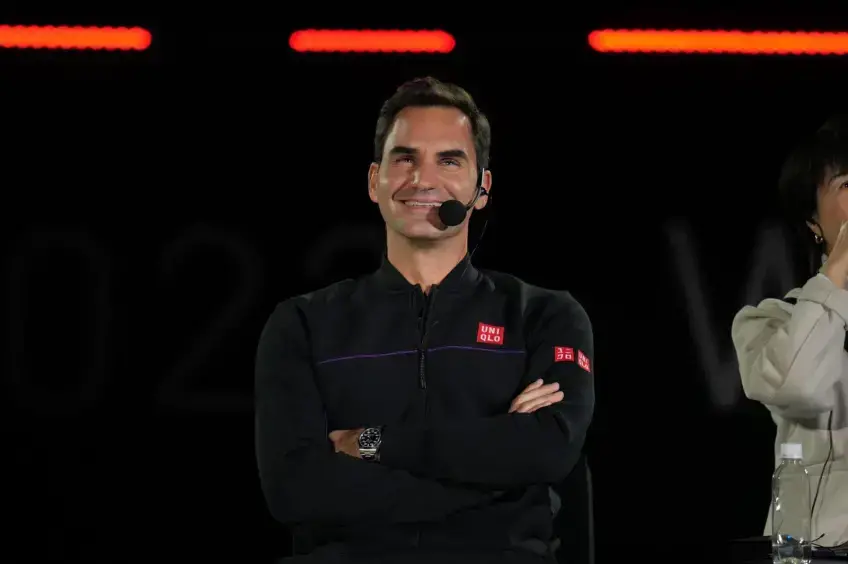The ATP Finals moved back to Shanghai in 2005, settling in a fantastic Qizhong Tennis Center with a unique magnolia flower-shaped ceiling above the carpeted surface. Rafael Nadal withdrew before the tournament due to a left foot injury, and the Argentines were the dominant nation with four players in the season-ending elite event.
Two-time champion Roger Federer fought three of them in four of five meetings, losing to David Nalbandian in a thrilling title match. Roger wrote the history of the ATP Finals in the semifinal, defeating Gastón Gaudio 6-0, 6-0.
Thus, the Swiss became the first player with a double in the ATP Finals. Like most South Americans, Gaston played some of his best tennis on clay, finishing his career with just 14 ATP victories on the carpet surface. Two of those came that week in Shanghai, taking him to the semi-final and giving him the opportunity to battle the world’s biggest star.
It was his fifth and final meeting, and Federer emerged victorious in all of them, including two wins on clay. The Swiss dominated from start to finish in the Shanghai clash to destroy his rival and advance to his third consecutive match for the ATP Finals title.
One of the reasons for the Argentine’s lackluster performance is that the night before he played a long match against Fernando González. Gaudio fended off three match points in a 1-6, 7-5, 7-5 win and had nothing left in the tank for the next day’s more formidable opponent.
It could have been a better performance from Roger, making the same number of mistakes as his rival. However, he kept the strings of the match firmly in his hands as a natural attacker and much better movement on that surface.
The Swiss mixed his shots very well, defending his backhand correctly and using the slice approach to move the Argentine from the ideal position and finish the points with his perfect volleys.
Federer visited Tokyo
Roger Federer has shed light on the rigors and challenges posed by the intense ATP and WTA tours, highlighting how players are affected mentally more than anything.
“You’re supposed to show strength. But we’re not machines, we’re human beings. When players retire at a super young age, I totally understand it. We see it from time to time. I always feel it’s such a pity, because there could still be so much going on in the future,” Roger Federer said at a recent press conference.
“The tour is tough…the travel, the practice, the jet lag. Nobody is allowed to say, ‘I’m tired today,’ because it looks like you’re weak, and that’s why players sometimes end up with mental problems,” he added.
